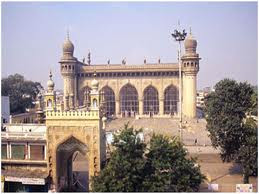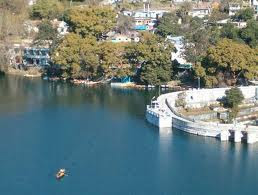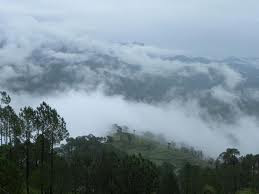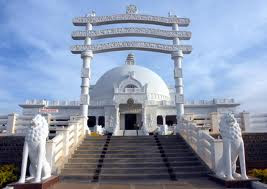Raigad
locality is established in the Konkan region in the south-western edge
of Maharashtra. It is disperse over an locality of 7,148 sq km. Raigad
adopts dense forests along with the Western Ghats of Sahyadri kind.
Raigad is located at an altitude of 2,851 feet above sea grade and shares its boundary with the Mumbai Harbour, Thane, Pune, Ratnagiri and the Arabian Sea. The location travelled to is deserving after hill Rairi established along the locality head office. The stream creeks, which encompass Gandhar and Kal, flow through the mountainous terrain of the Sahyadri kind.
In 1656, Chhatrapati Shivaji Maharaj beaten Chandra Rao More to win the district and after four years, the capital of the Maratha Kingdom was moved to Raigad. In triumph, he won Raigad outpost, which is also referred to as the Gibraltar of the East.
The inaccessible outpost is constructed on an irregular wedge-shaped mass of rock at an altitude of 2,700 feet overhead ocean grade. Some of the best characteristics of the very vintage outpost are the Samadhi of Shivaji and the position of Balekilla. The place vipositiond is well renowned for its outposts, which encompass Purandar, Vichitragad, Lohgad, Tikona and Sinhagad.
A major affinity of the locality is the isle of Gharapuri or Elephanta, bragging Hindu and Buddhist caves. Boratyachi Nal along with Lingana and Raylingi high grounds are some of the excursion positions of the locality. Raigad has sustained its varied and rich heritage heritage in the folk creative pursuits such as keertan, bhajan, koli promenade and bharud.
Raigad is located at an altitude of 2,851 feet above sea grade and shares its boundary with the Mumbai Harbour, Thane, Pune, Ratnagiri and the Arabian Sea. The location travelled to is deserving after hill Rairi established along the locality head office. The stream creeks, which encompass Gandhar and Kal, flow through the mountainous terrain of the Sahyadri kind.
In 1656, Chhatrapati Shivaji Maharaj beaten Chandra Rao More to win the district and after four years, the capital of the Maratha Kingdom was moved to Raigad. In triumph, he won Raigad outpost, which is also referred to as the Gibraltar of the East.
The inaccessible outpost is constructed on an irregular wedge-shaped mass of rock at an altitude of 2,700 feet overhead ocean grade. Some of the best characteristics of the very vintage outpost are the Samadhi of Shivaji and the position of Balekilla. The place vipositiond is well renowned for its outposts, which encompass Purandar, Vichitragad, Lohgad, Tikona and Sinhagad.
A major affinity of the locality is the isle of Gharapuri or Elephanta, bragging Hindu and Buddhist caves. Boratyachi Nal along with Lingana and Raylingi high grounds are some of the excursion positions of the locality. Raigad has sustained its varied and rich heritage heritage in the folk creative pursuits such as keertan, bhajan, koli promenade and bharud.












































